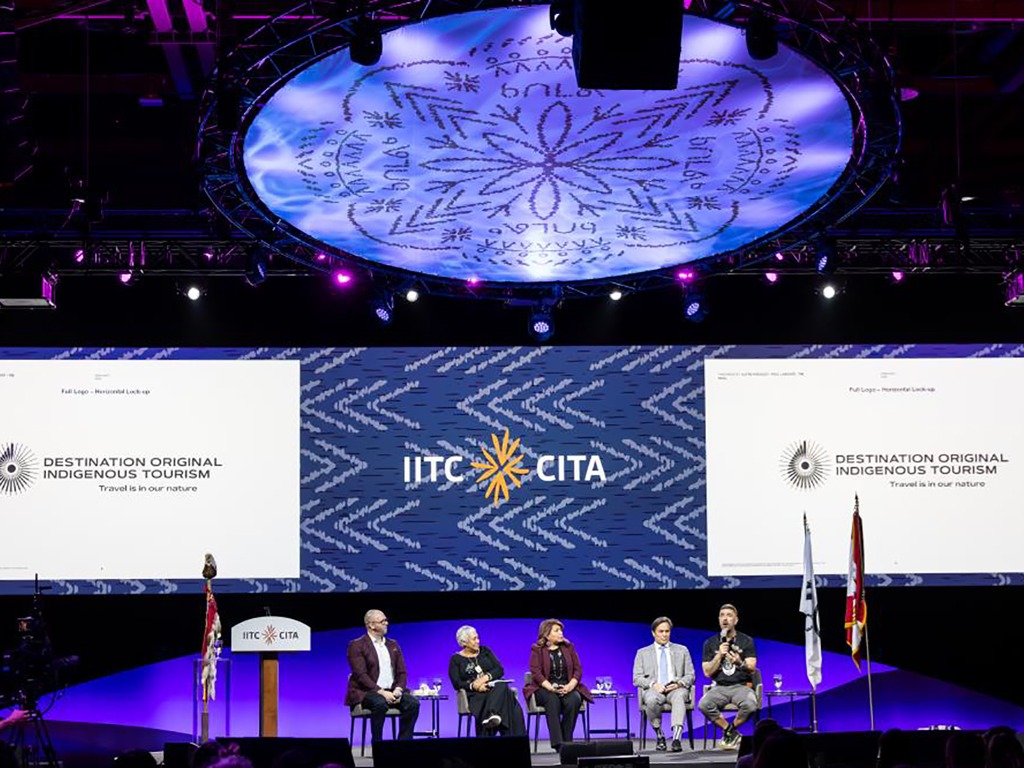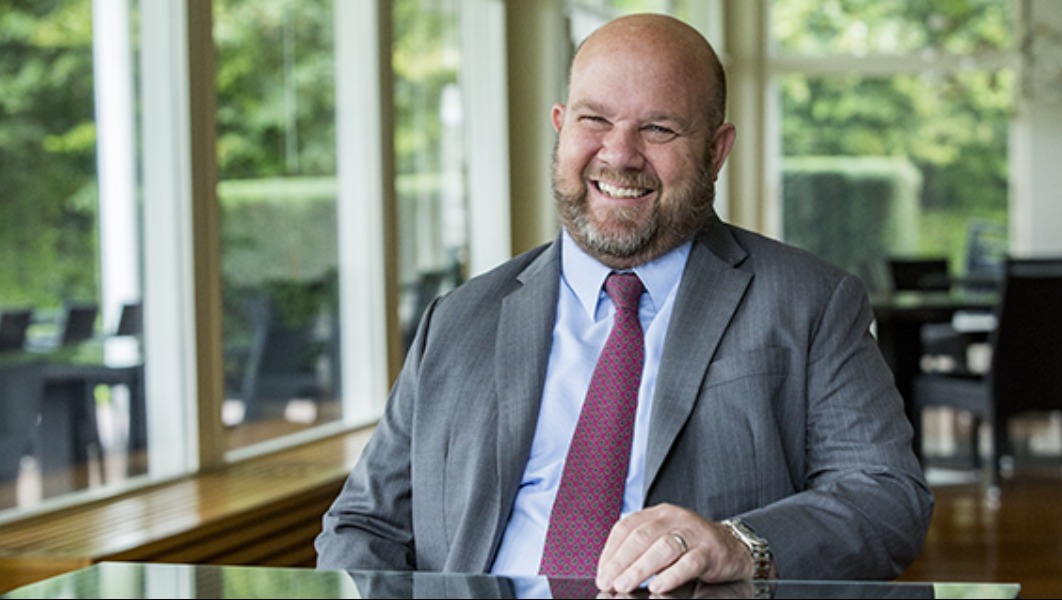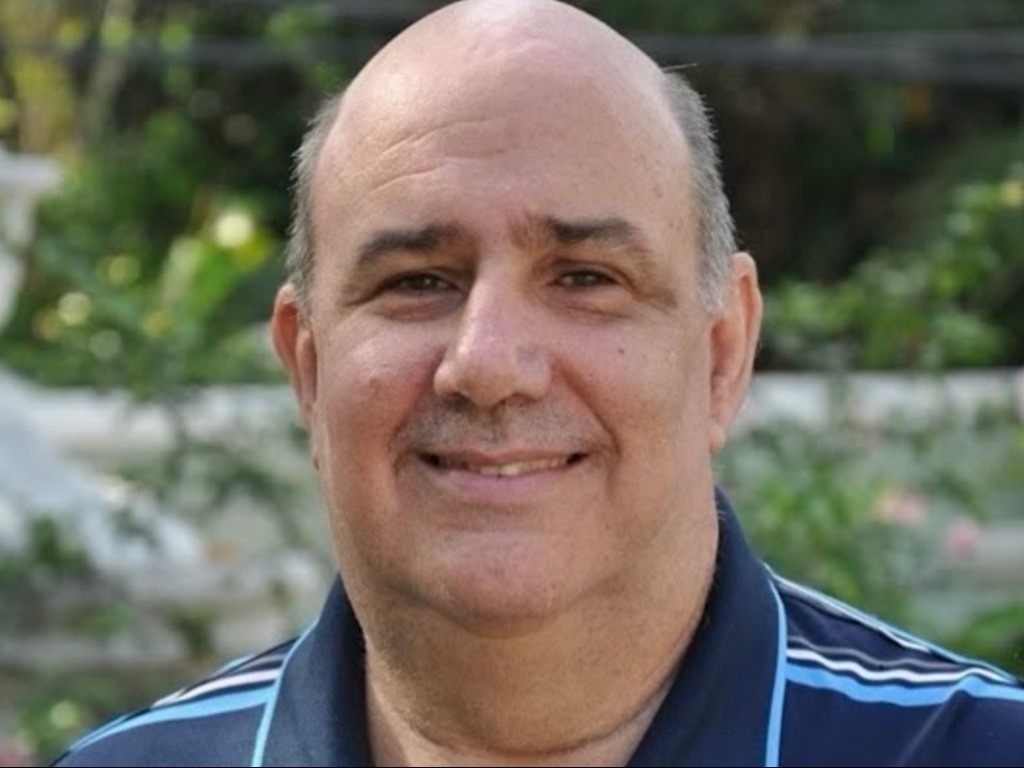Plans for Destination Original International Tourism unveiled

Leaders from New Zealand Maori Tourism (NZMT), American Indian Alaska Native Tourism Association (AIANTA) and the Indigenous Tourism Association of Canada (ITAC) unveiled details of the brand and visual identity of a new organization in the works called Destination Original International Tourism (DO-IT) during the International Indigenous Tourism Conference (IITC) in Ottawa.
Destination Original International Tourism (DO-IT) will be dedicated to the development and marketing of authentic Indigenous tourism destinations globally once its has been created.
The goal is to bring the world’s Indigenous tourism industry together under one roof to ensure a larger presence and a unified voice in promoting the industry.
This entails generating opportunities for joint initiatives and fostering innovative marketing partnerships among Indigenous and non-Indigenous entities, as well as working close with governments and industry leaders globally. In particular, the organization aims to gain recognition and a seat-at-the-table with UN Tourism to ensure an Indigenous voice is included in their tourism marketing efforts.
Keith Henry, President and CEO of ITAC, said: “It’s so important to have an Indigenous-led organization like DO-IT lead the growth of Indigenous tourism. For too long we’ve seen global entities try to market Indigenous tourism on our behalf, yet many travellers still don’t know about our industry, its importance to preserving our cultures and in reconciliation efforts.”
Henry continued: “By joining forces globally, we can elevate Indigenous tourism to new heights, ensuring its long-term sustainability and impact on Indigenous and non-Indigenous peoples. It is no longer about us without us.”
The vision for the organization is to establish an international tourism network of Indigenous tourism market-leading associations in each country. DO-IT aims to lead initiatives like international research, perception studies, uncover trends that will support Indigenous tourism businesses, as well as ensure a much stronger presence and unified message with major global organizations and key industry conferences.
Sherry Rupert, CEO of AIANTA, observed: “This signifies a monumental step towards amplifying Indigenous voices in the global tourism arena. Together, DO-IT will pave the way for the development and marketing of sustainable and authentic Indigenous tourism experiences. Not only it is our time to shine but this will offer consumer the perfect platform to see and be aware of original experiences anywhere they travel in the world.”
The announcement of the initiative set to revolutionize the global Indigenous tourism landscape, was shared during a panel at IITC, organized by ITAC and held this week in Ottawa.
Panelists Sherry Rupert, CEO of AIANTA, Pania Tyson-Nathan, Chief Executive of NZMT, and Keith Henry, President and CEO of ITAC, convened for a groundbreaking conversation on international brand alignment in Indigenous tourism. This pivotal discussion shared best practices, insights, and the importance of collaboration in propelling Indigenous-led tourism initiatives worldwide.
Pania Tyson-Nathan, Chief Executive of NZMT, said: “Rooted in our shared vision, we will safeguard the well-being of our Indigenous communities, cherish and preserve our cultural heritages, and honour and protect our wildlife and environment. As courageous and ambitious leaders in international Indigenous tourism, our dedication extends to the care and hospitality of our visitors, ensuring their experience is respectful.”
Tyson-Nathan continued: “Through our endeavours, we will enrich cultural wealth in harmony with Mother Earth. We look forward in the implementation and full launch of this organization with our partners and start onboarding new Indigenous Destinations very soon, our possibilities are endless.”
Caption
World tourism leaders announce the world’s first global Indigenous tourism marketing collective at the International Indigenous Tourism Conference in Ottawa. (Photo credit: Simon Ratcliffe)


